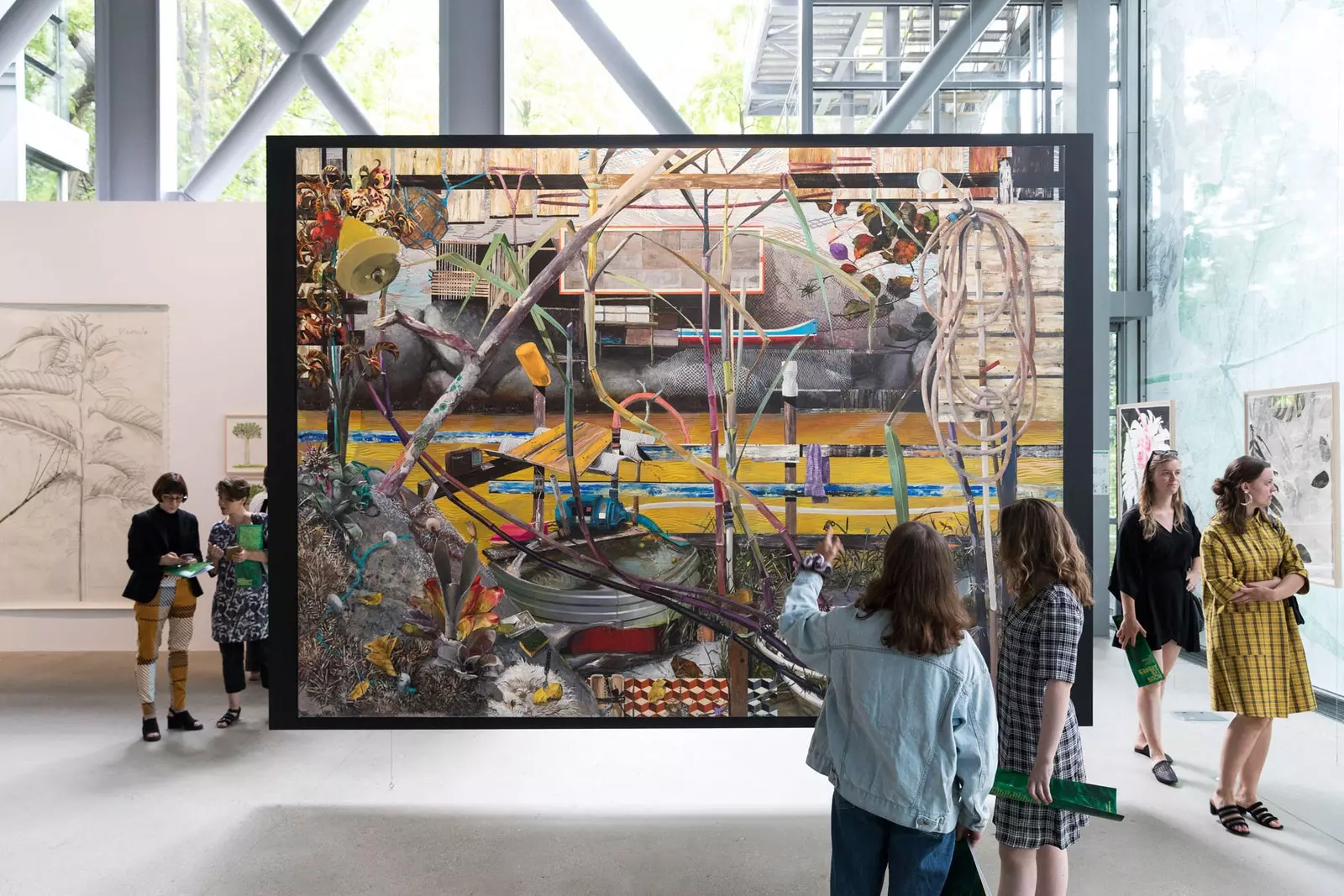
Art, nature and science merge in Trees
Aesthetics and science go hand in hand around the trees in the exhibition _Trees (Nous les Arbres) _ , an exhibition that brings together the work of artists, botanists and philosophers, and that reveals some of the latest research on these sometimes undervalued members of the plant kingdom.
The ** Fundación Cartier pour l'art contemporain ** hosts until November 10, 2019 an exhibition that fuses the beauty and biological wealth of trees through paintings, drawings, photographs, films and installations.
The works are signed by artists from all over the world –such as Latin America, the United States and Europe– and of indigenous communities such as Nivacle and Guarani (from the Gran Chaco, in Paraguay) or the Indians Yanomami, who live in the heart of the Amazon jungle.
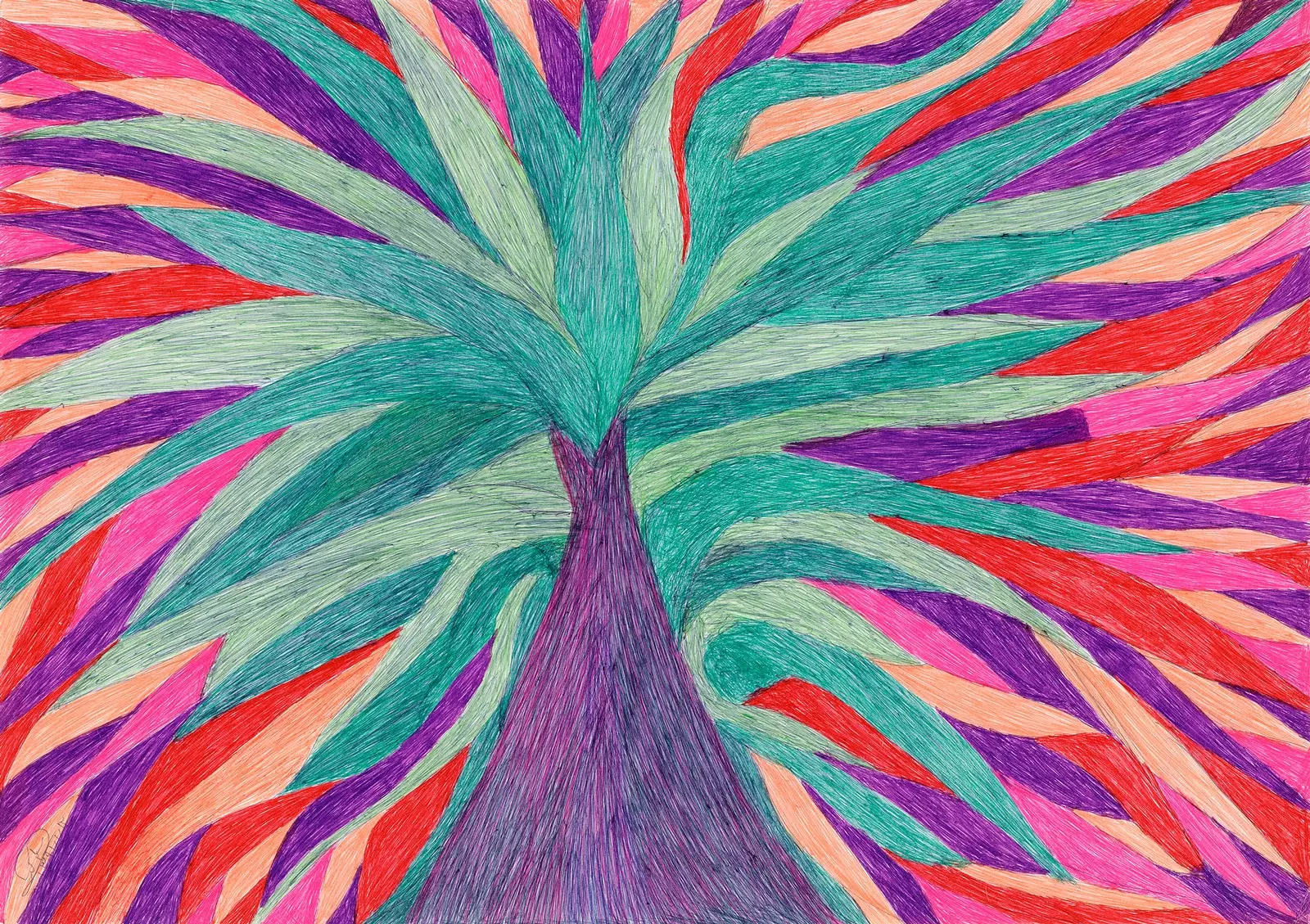
sans titre, 2009
THE INTELLIGENCE OF PLANTS
The discovery of some hitherto unknown faculties of trees has given rise to the fascinating hypothesis baptized as “plant intelligence”.
Indeed, scientific research carried out in recent years has resulted in the most revealing discoveries, such as sensory and memory capacities of trees.
According to these investigations, these living beings even have communication skills, existing in symbiosis with other species and exerting a climatic influence that could be the answer to many of the environmental problems that exist today.
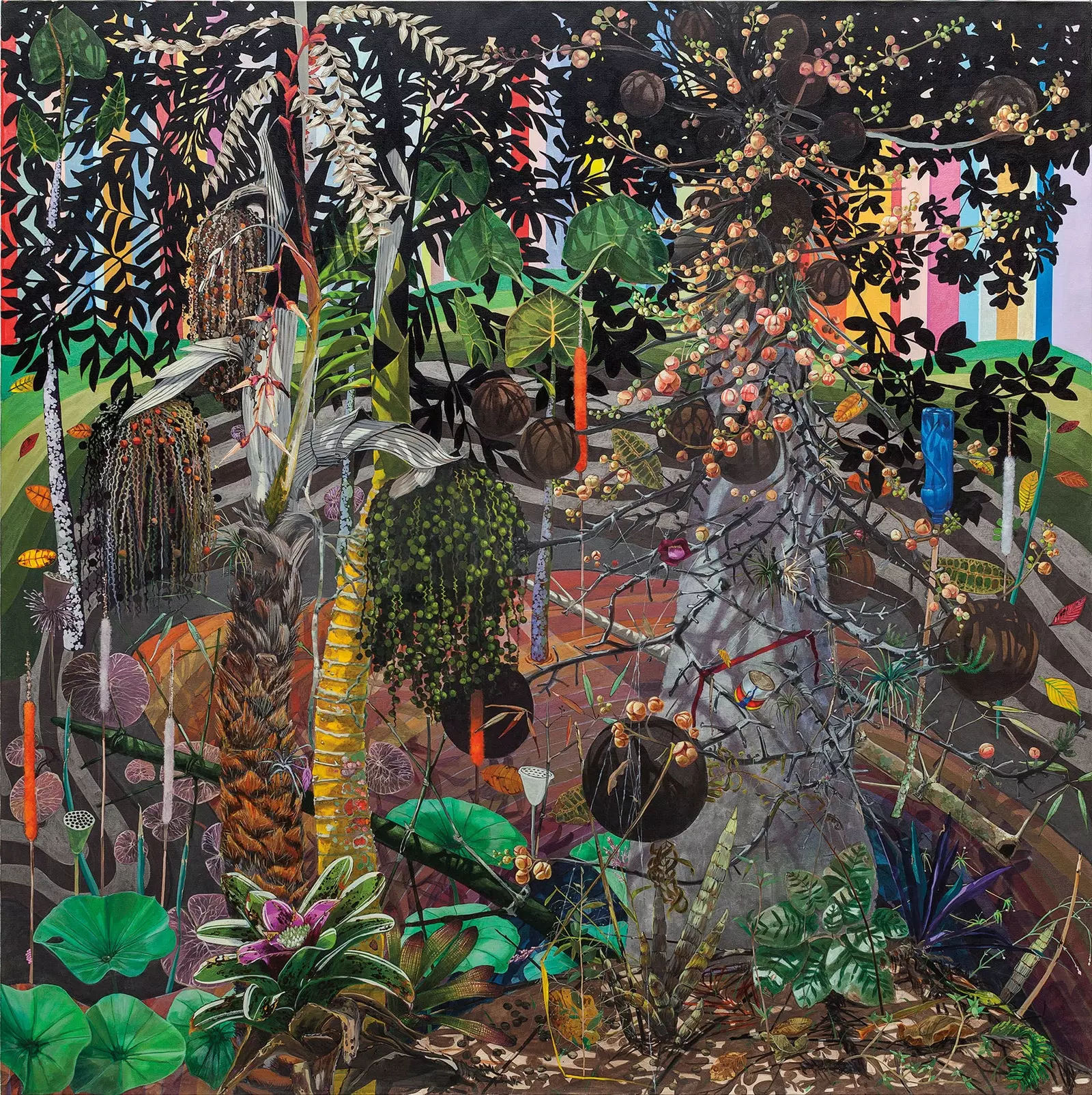
Quadrado Lake, 2010, by Luiz Zerbini
ART AND SCIENCE, UNITED BY AND FOR NATURE
Trees unites the ideas and values of art and science thus joining a plant revolution that aims to explore and investigate both the ecological aspects themselves and the the relationship of human beings with nature.
The sample presents three narrative threads. The first one explores the knowledge of the trees, from botany to the new plant biology.
In second place, aesthetics, from naturalistic contemplation to dreamlike transposition; and finally, the current devastation of the trees It is told through documentary observations and pictorial testimonies.
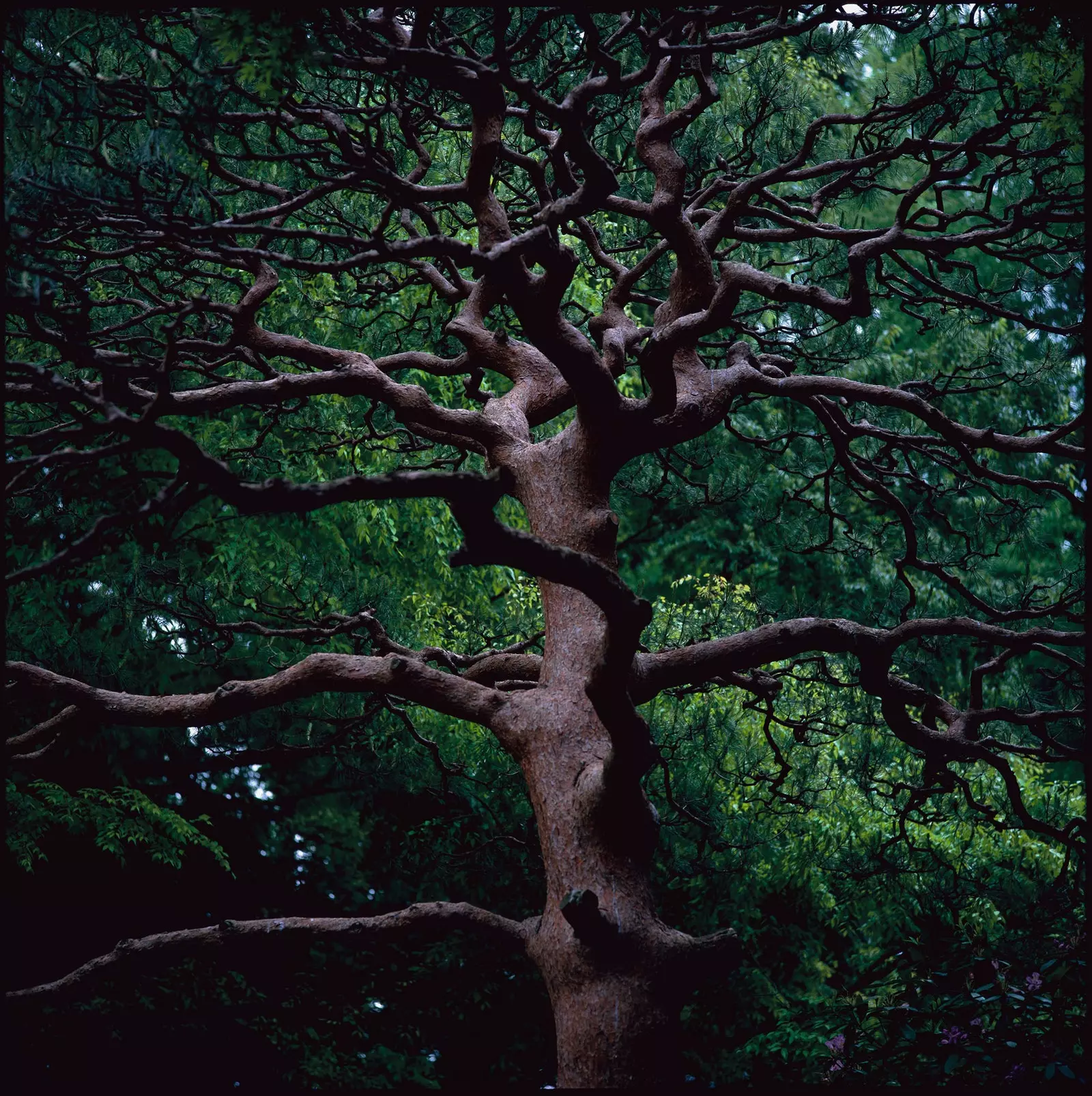
Untitled, Tokyo, 2008
THE HUMAN BEING AND THE TREES
Trees –curated by Bruce Albert, Hervé Chandès, Isabelle Gaudefroy– revolves around several people who, for different reasons and in different circumstances, have developed a special relationship with trees, either aesthetic, scientific or intellectual.
Thus, we have the case of the botanist Stefano Mancuso , pioneer of plant neurobiology and proponent of the concept of plant intelligence.
Mancuso has collaborated with artist Thijs Biersteker to create 'Symbiosia', an installation that "gives a voice" to trees combining art and science.
Via a series of sensors placed in a buckeye and a turkey oak, the reaction of trees to the environment and pollution is shown in real time, as well as the phenomenon of photosynthesis, root communication and the idea of plant memory.
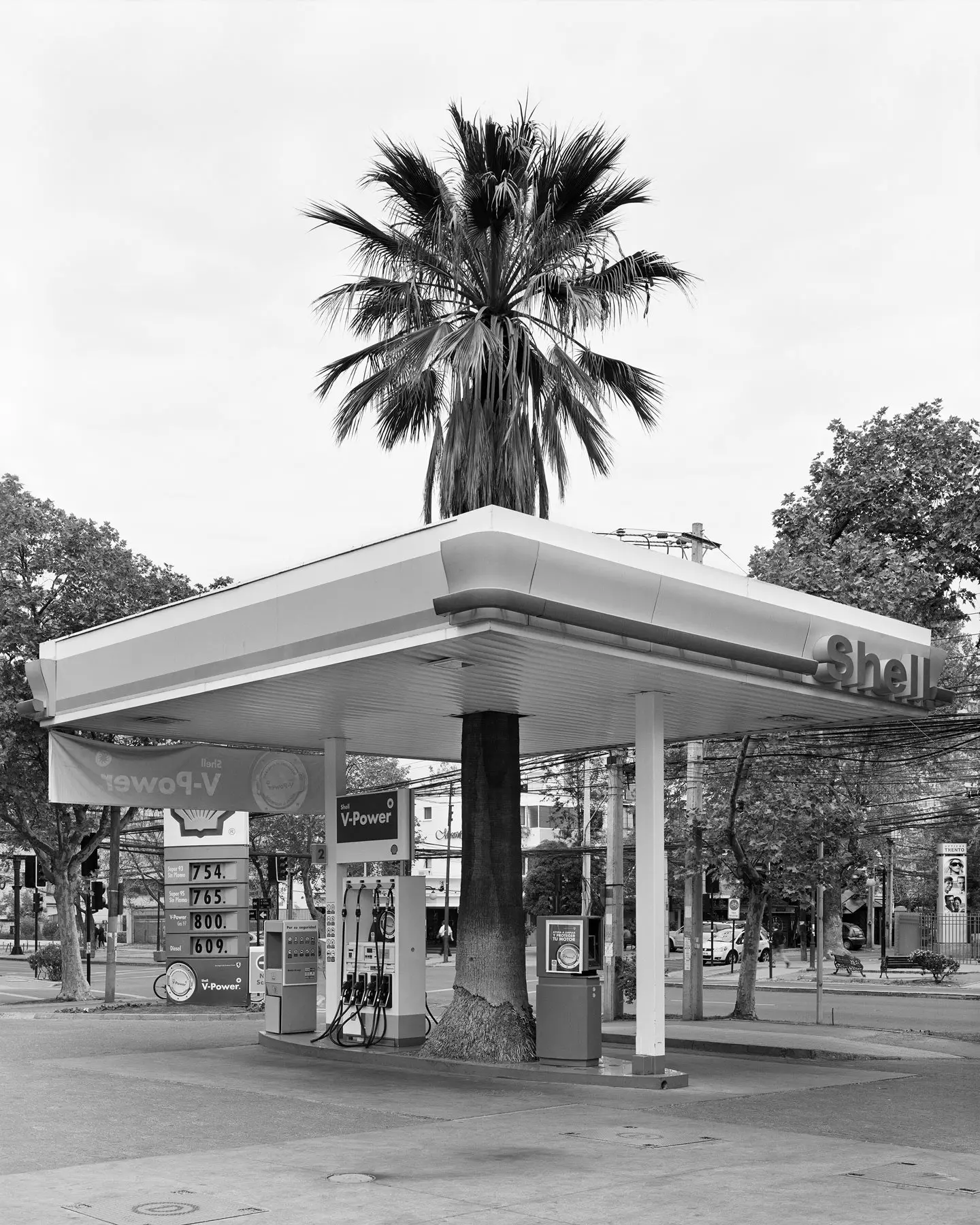
Series Quasi Oasis, 17, Santiago du Chili, 2012
Another fundamental pillar of the exhibition has been botanist Francis Hallé , whose work constitutes a valuable testimony of the encounter between science and sensibility.
In the exhibition we can also contemplate the paintings of Fabrice Hyberhas , artist and planter, who planted 300,000 tree seeds in his valley in the Vendée, and with whose work he offers a poetic and personal observation of the plant world, questioning the principles of rhizome growth, energy, mutation, mobility and metamorphosis.
Other artists and collaborators who have participated in the exhibition are the Italian architect Cesar Leonardi , the brazilian artist Luiz Zerbini , the Colombian artist Johanna Street (whose ghostly silhouetted trees evoke the fragility of these giants threatened by deforestation), the film director Peace Oak , media artist Tony Oursler , the late French film director Agnes Varda and the Peruvian photographer Sebastian Mejia.
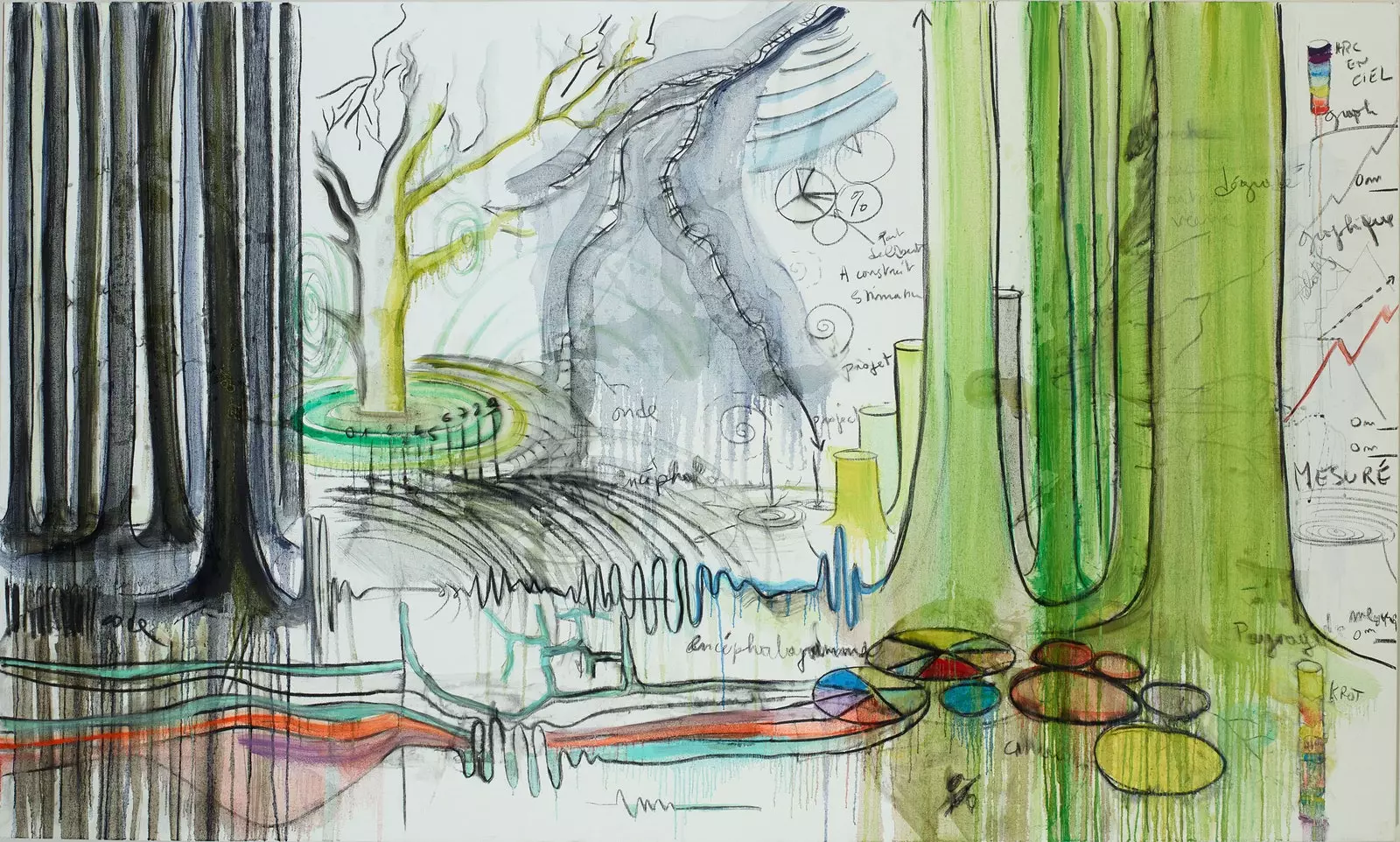
Paysage de mesures, 2019
THE GARDEN OF THE CARTIER FOUNDATION
Visitors to the exhibition are also invited to stroll through the marvelous garden of the Cartier Foundation, created in 1994 by the German Lothar Baumgarten and whose trees –such as the Lebanese cedar planted by François-René de Chateaubriand in 1823– inspired Jean Nouvel to create an architecture of reflections and transparency, playing on the dialogue between interior and exterior and giving rise to "fleeting emotions".
The garden is the home to various works of art , some created especially for this exhibition, others installed there permanently.
Agnes Varda she moved the tree trunk she once planted in her small garden on rue Daguerre to the garden of the Cartier Foundation.
The log, crowned by the cat sculpture of Ella Nini , represents the poetic synthesis of all the trees "what matters in our lives: the cherry tree in the garden, the weeping willow on the way to the market, a giant cedar under which I loved to sit, and the trees here and there, whom we greet in passing” (Agnès Varda, Paris, March 11, 2019).
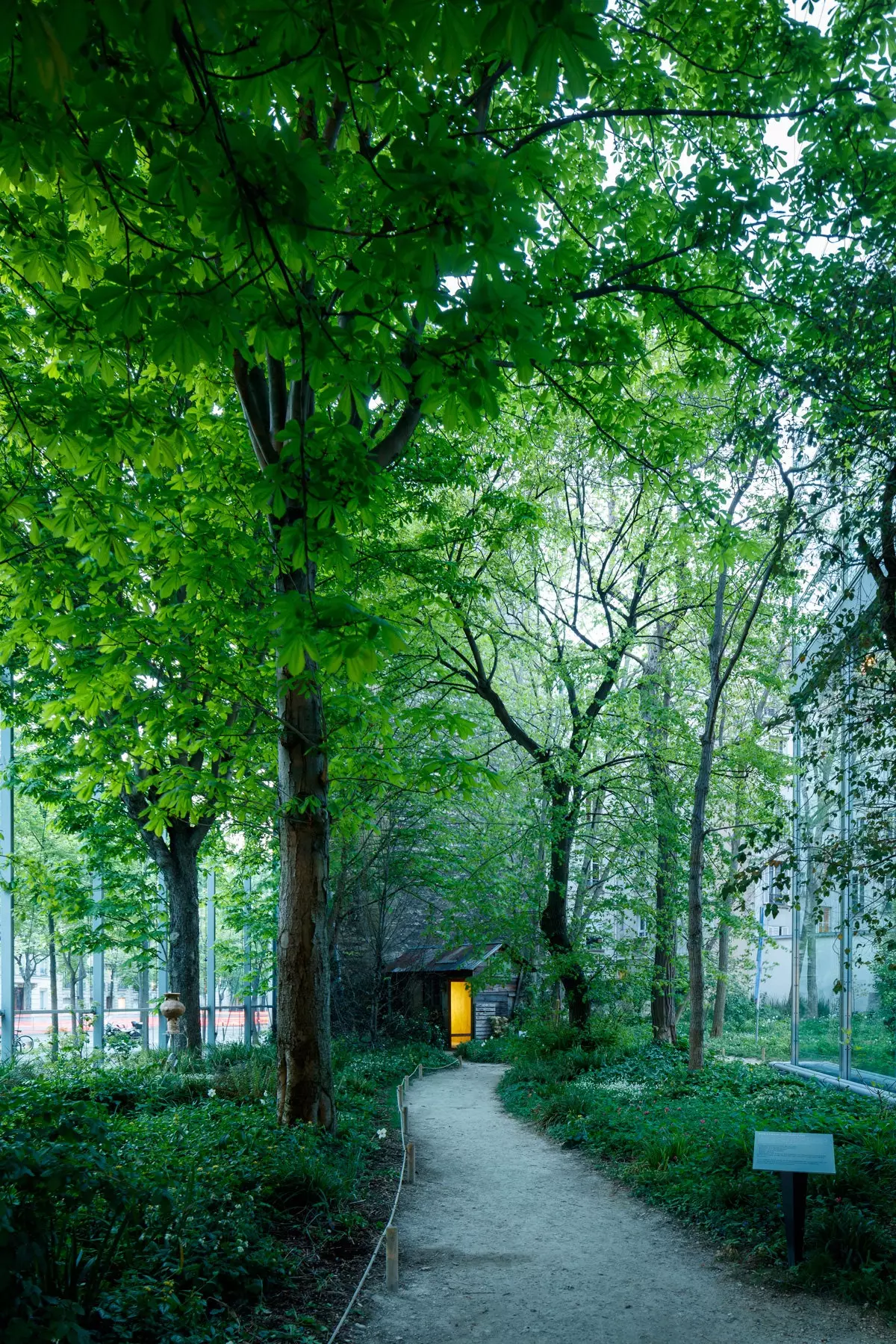
The garden of the Cartier Foundation
Hidden among the vegetation, we can distinguish the bronze footprint Biforcazione, by Giuseppe Penone commissioned by the Cartier Foundation in 1987.
For one week in the fall, the Theatrum Botanicum will become the setting for a video installation created by Tony Oursler and at sunset, Eclipse will transform the garden into an enchanted forest.
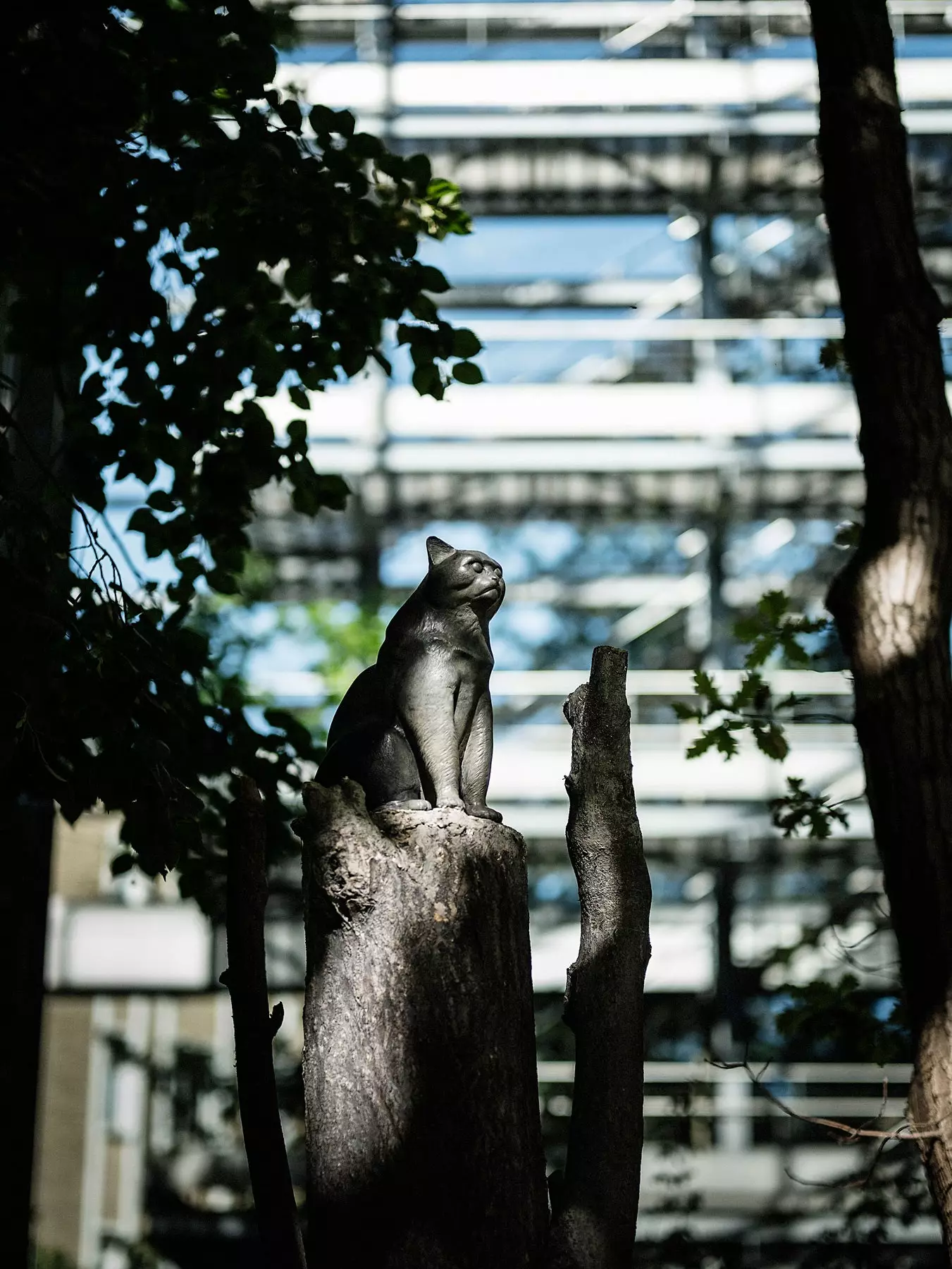
The sculpture of Nini, the cat by Agnès Varda
On the occasion of the Trees exhibition, the Cartier Foundation has launched two exceptional publications. First, the exhibition catalog , which presents, through 500 images and a vast collection of scientific and critical studies, all the pieces on display.
Turning its pages we can delight ourselves with the works of writers, painters, photographers, architects, sculptors, philosophers, botanists and climatologists.
Second, the book The architecture of trees, by Cesare Leonardi and Franca Stagi, It is the result of a botanical study carried out by these Italian architects for more than twenty years and was initially designed for the planning of urban parks.
The architecture of trees brings together more than 550 drawings of 212 tree species , each of them drawn on a scale of 1:100. This scientific and aesthetic study, first published in 1982, is a reference work for architects, landscapers and designers, as well as for anyone fascinated by trees and their endless variety.
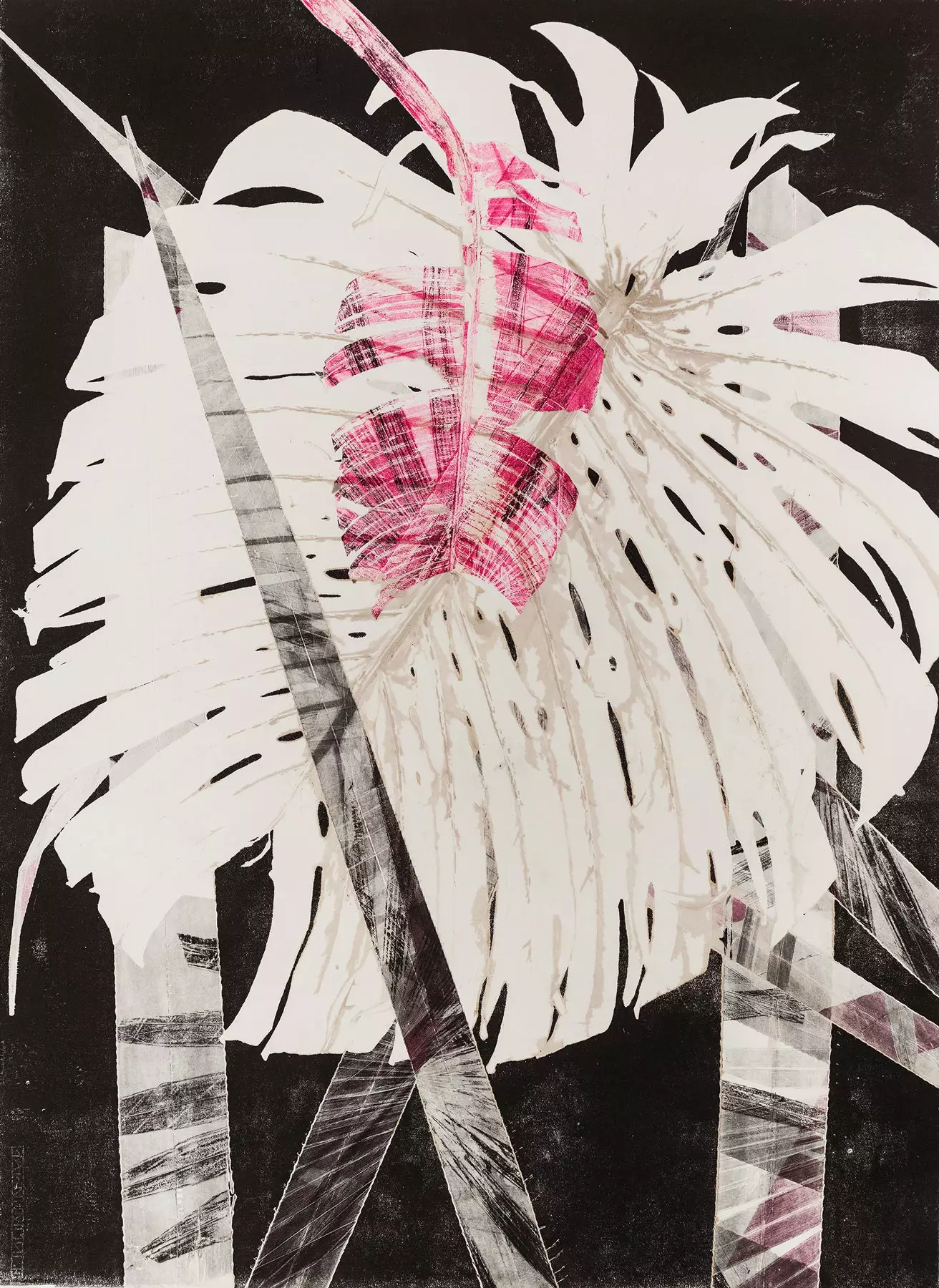
Monstera Deliciosa, 2018, by Luiz Zerbini
Trees can be visited until November 10, from Tuesday to Sunday, from 11 a.m. to 8 p.m. and on Tuesdays until 10 p.m.
Also exist Guided visits from Tuesday to Friday at 6:00 p.m.
You can purchase your tickets here.
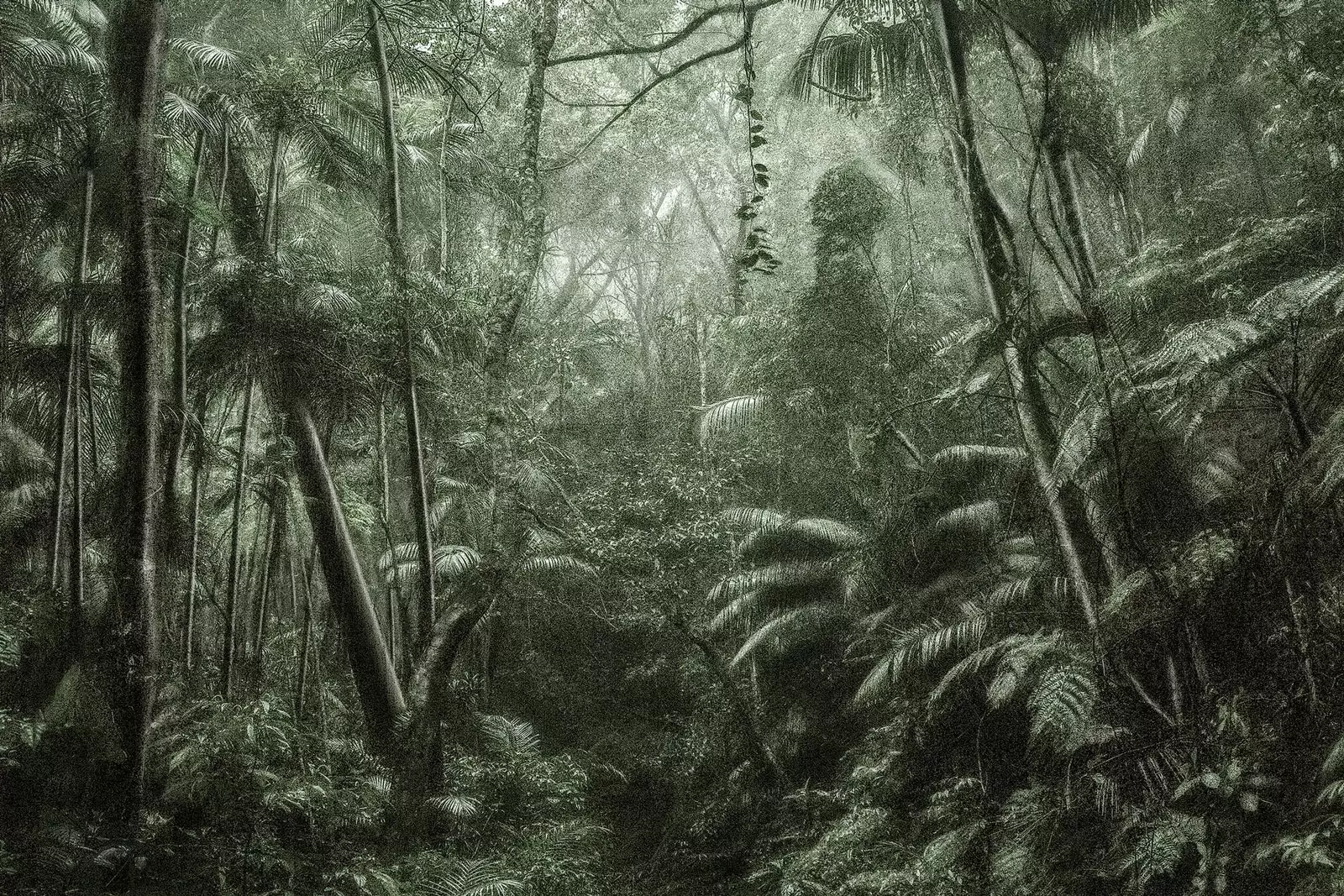
Series A Picturesque Voyage Through Brazil
